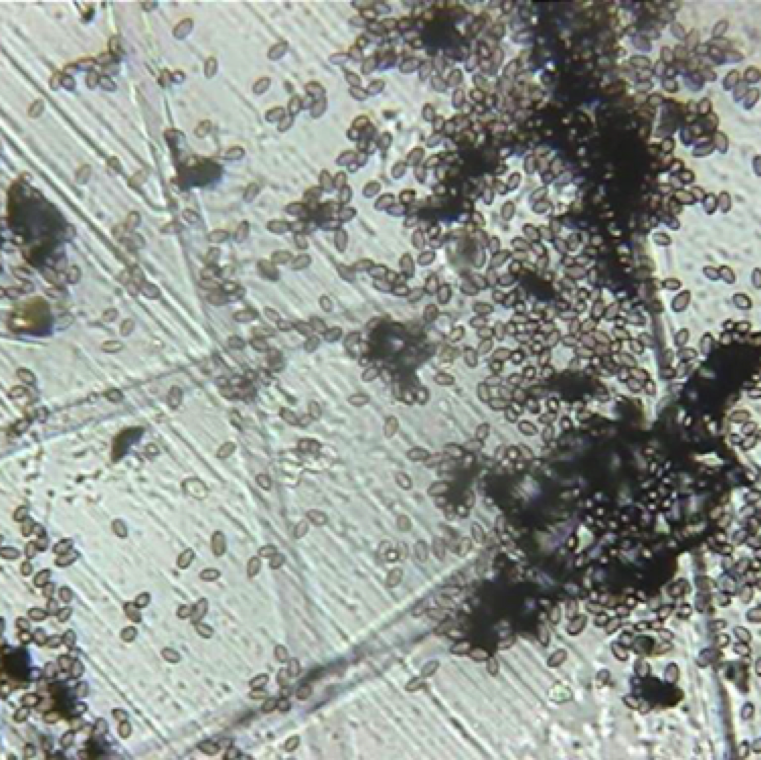

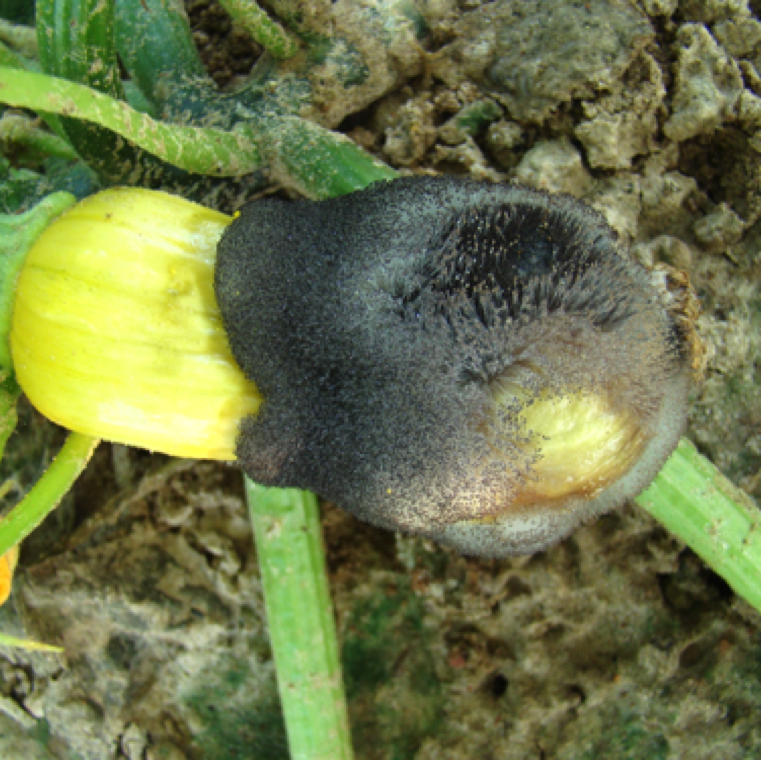
Wet rot is a major disease of summer squash, but can also affect cucumber and pumpkin. The disease affects both blossom and fruits. The infection can be mostly noticed at the blossom end of the fruit.
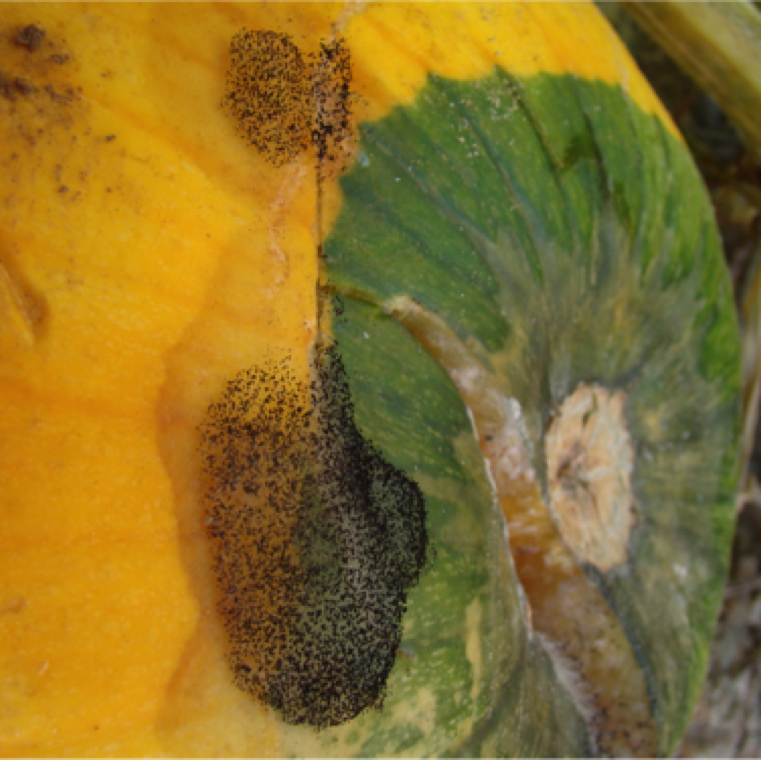
Fruit infection can occur before or after harvest under conditions of high wetness. White, cottony mycelium growth can be noticed under these conditions on the fruit at the blossom or on damaged area.
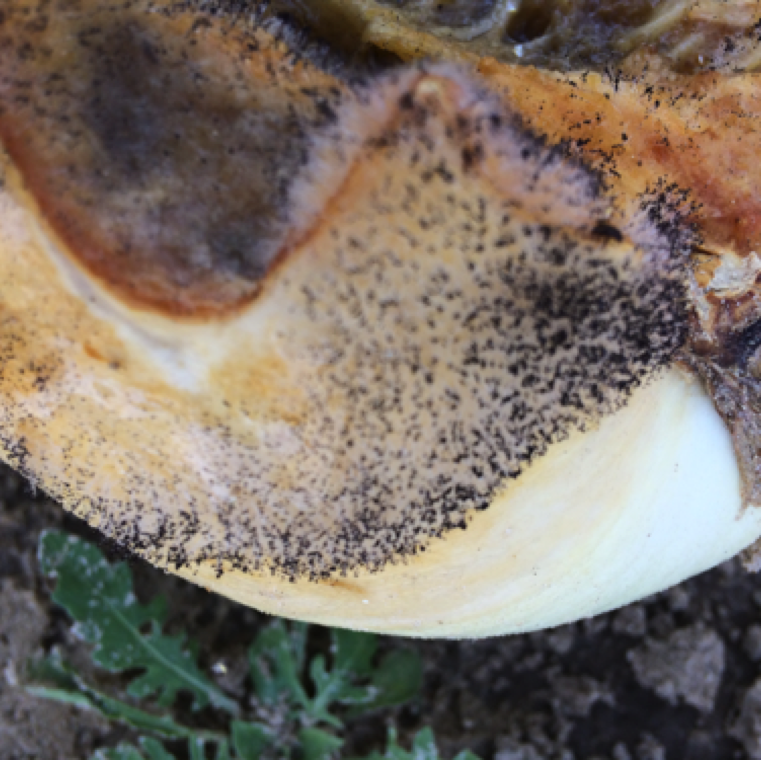
Fruit infection occurring at the blossom end of the fruit can rapidly expand to the upper section of the fruit under field and during post-harvest storage or shipment.
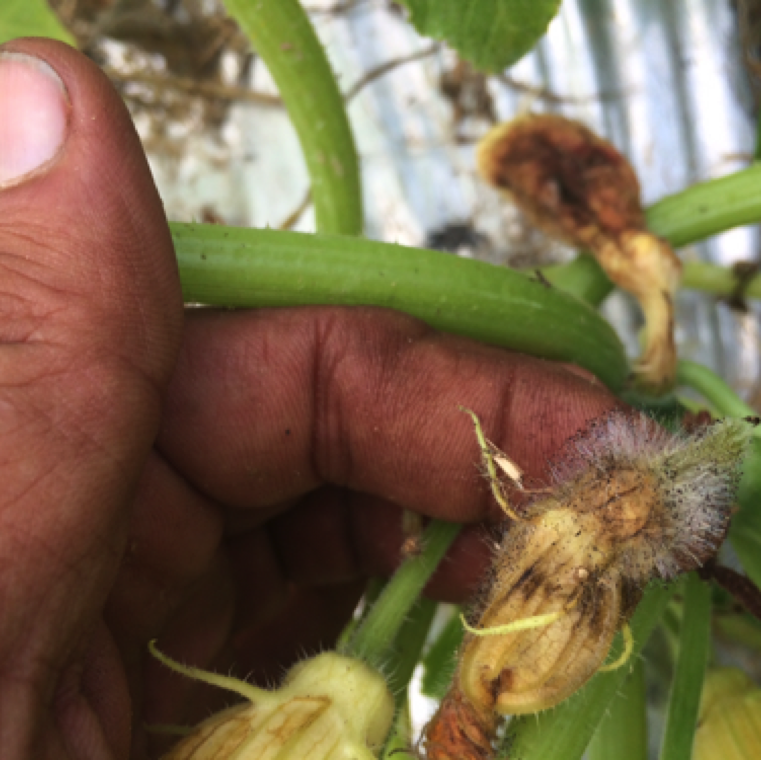
The pathogen can infect flowers of summer squash, cucumber and pumpkin that can lead to flower decay. The infected flowers typically drop from the plant.
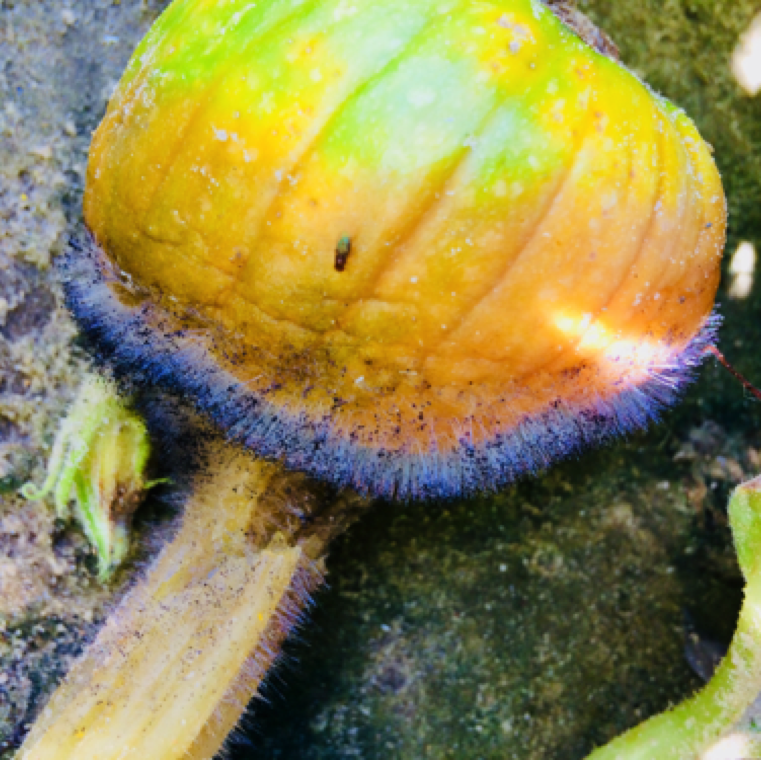
Fruit infections can occur at all stages and can be noticed to have a distinctive black pins stuck on a the fruit which are fungal sporangia (spores) formed on sporangiophores.
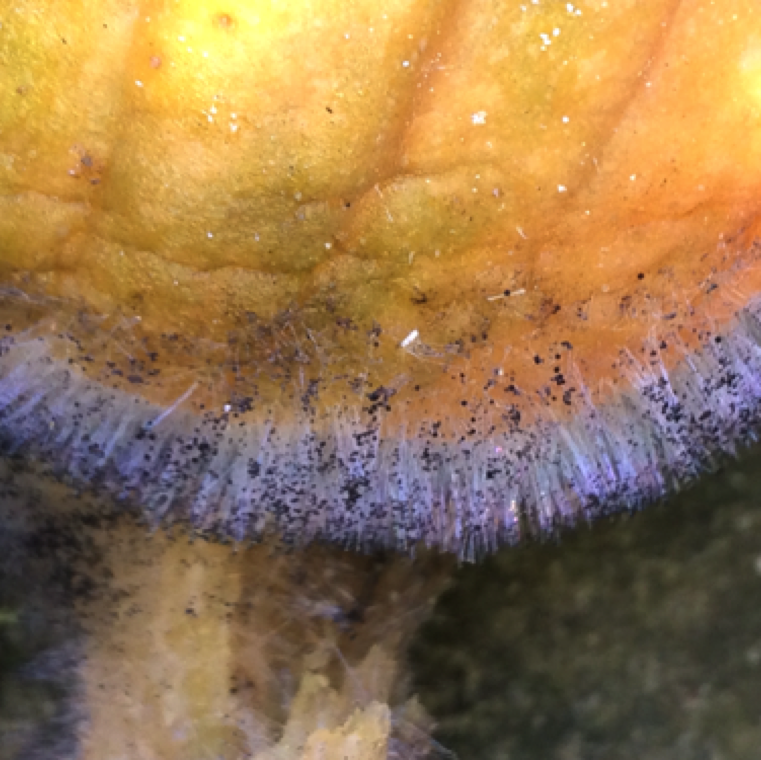
The fungus can spread from plant to plant by rain, wind and insects. Long periods of rainfall or high humidity favors fungal reproduction and spread to adjacent plants.
WET ROT
Fungal causal agent: Choanephora cucurbitarum
Cucurbit diseases

